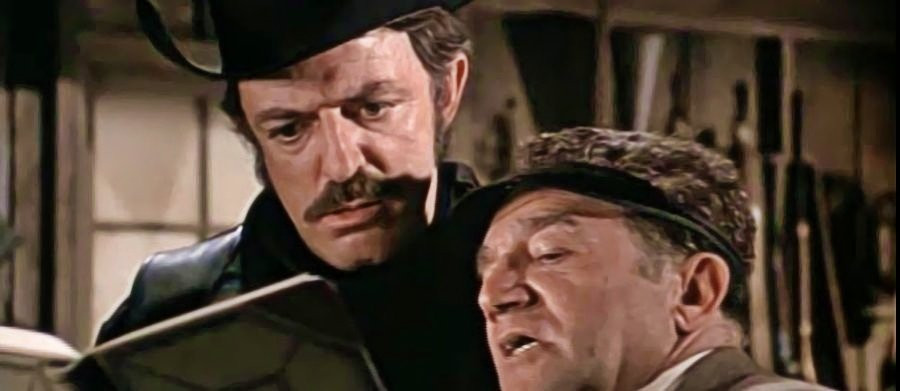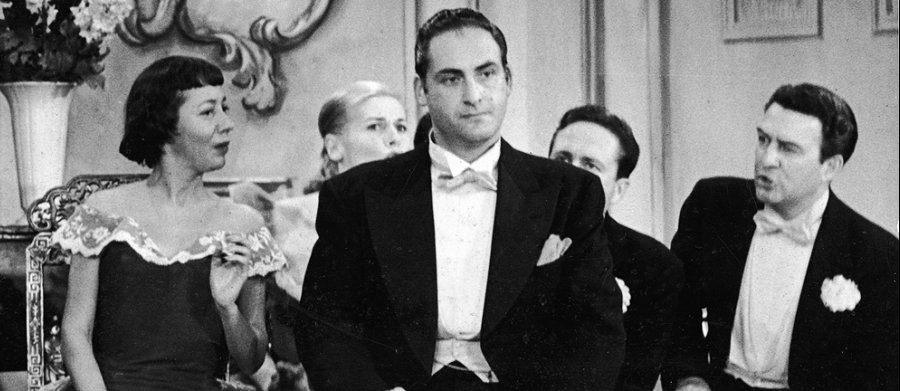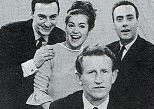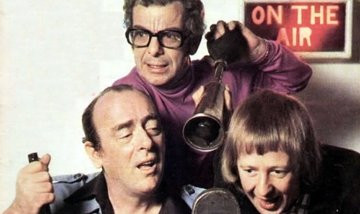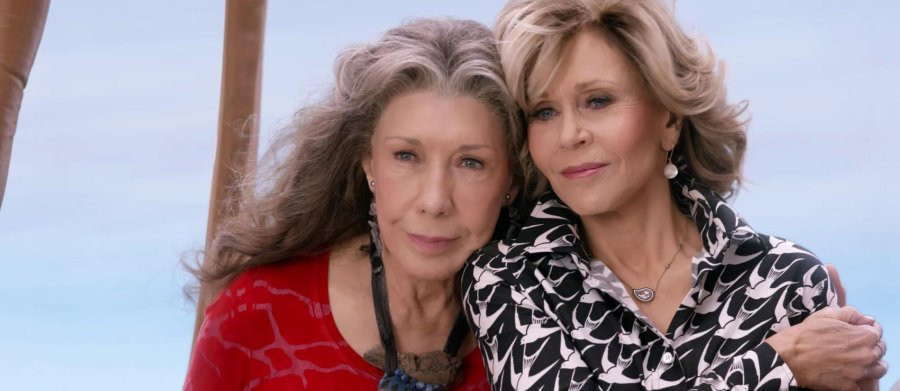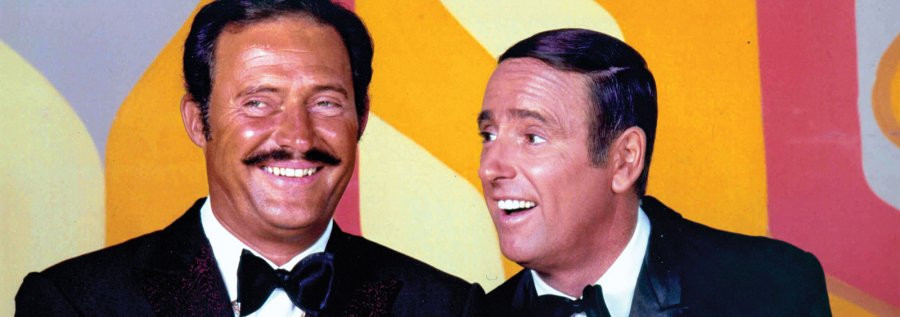
Rowan and Martin's Laugh-In
1968 - United StatesComing to you from "Beautiful Downtown Burbank," Rowan and Martin's Laugh-In burst onto American television screens with the anarchic energy of a tie-dye cannon and changed the face of sketch comedy almost overnight. Hosted by the affable Dan Rowan and the ever-grinning Dick Martin, this psychedelic whirlwind of slapstick humour, satirical skits and groan-worthy puns managed to capture the very essence of the late 1960s’ counterculture – albeit in a format that remained strangely palatable for Middle America.
Initially broadcast as a one-off special on 9 September 1967, the programme was met with such rapturous approval that it was quickly commissioned as a full series. Its kaleidoscopic set, flower power aesthetics and machine-gun delivery of jokes felt unlike anything television audiences had seen before. Viewers were treated to a whirlwind of one-liners, puns, sight gags and surreal humour, all delivered with a wink and a splash of absurdity. While not every gag landed, the sheer volume and speed at which they came – like comedic confetti in a hurricane – meant that if one sketch flopped, another hit would be along in seconds. This relentless pace, combined with a rotating cast of vibrant characters, ensured that the show rarely felt stale.
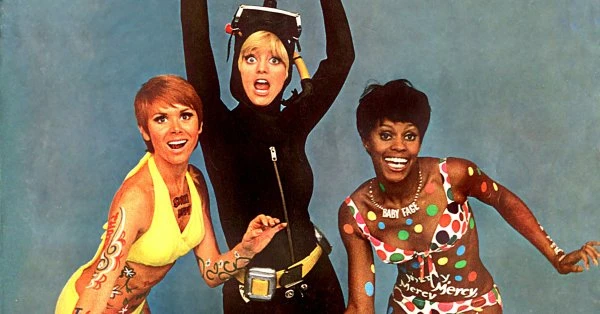
The real genius of Laugh-In, however, lay in its cast. Unknowns at the time, several performers launched stratospheric careers from its eccentric stage. Goldie Hawn, dolled up as the ditzy blonde, giggled and danced her way into America’s heart – though her seemingly vacuous persona belied the shrewdness that would eventually make her a Hollywood heavyweight. Lily Tomlin’s Ernestine, the snarling switchboard operator, brought a new kind of female comedy character to the screen – sharp, brassy, and completely unforgettable. Arte Johnson’s perpetually baffled German soldier popping up from behind a potted plant to declare a skit “Very interesting… but stupid!”, became one of the programme’s most iconic faces, as did Ruth Buzzi’s Gladys, whose umbrella-wielding attacks on Johnson’s lecherous park bench loiterer never failed to amuse, while Alan Sues was the flamboyant sports reporter, and announcer Gary Owens, delivering deadpan voiceovers with his hand firmly cupped to his ear.
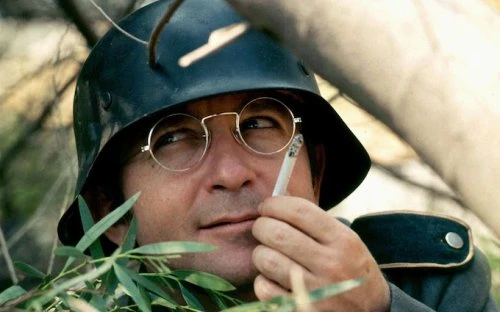
The show’s many running segments – the ‘Flying Fickle Finger of Fate Award,’ ‘Laugh-In News,’ and Henry Gibson’s solemn poetry readings – offered a satirical spin on current events and television tropes alike. Meanwhile, catchphrases seemed to be minted with alarming regularity. “You bet your sweet bippy,” “Here come de judge,” and “Sock it to me!” (usually prompting Judy Carne to be drenched with water) entered the pop cultural lexicon almost instantly.
The final sign-off, a parody of George Burns and Gracie Allen’s famous line, saw Rowan tell Martin to “Say goodnight, Dick,” with the predictable but always amusing reply: “Goodnight, Dick.”
Celebrity cameos added to the mayhem, with guest appearances from the likes of John Wayne and even President Richard Nixon, no stranger to stodgy media appearances, lent a baffling kind of credibility to the programme when he parroted Carne’s line during a cameo, in what may be one of the oddest intersections of politics and comedy. It was a moment that underscored the show’s cultural reach—even the White House couldn’t resist its influence.
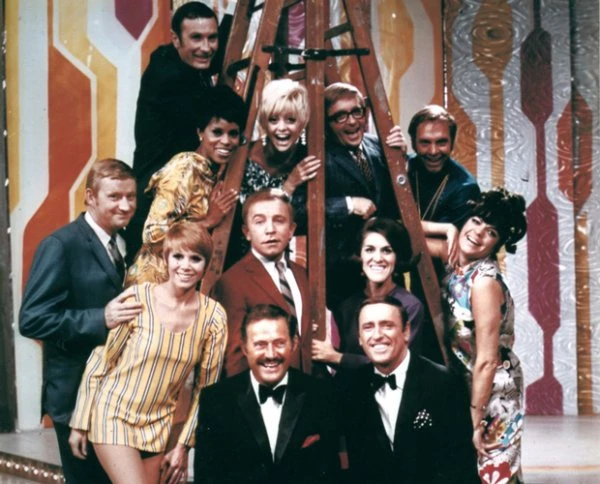
However, as the counterculture cooled and television comedy evolved, the manic energy of Laugh-In began to feel out of step with the times. By the time the show ended in 1973, only four original cast members; Rowan, Martin, Gary Owens and Buzzi, remained. A 1977 revival (notably featuring a young Robin Williams) tried to rekindle the magic but ultimately fell flat, a relic of an earlier, more experimental time.
Its influence, however, is indisputable. The frenetic joke wall, the rapid-fire one-liners, and the cavalcade of catchphrases have echoed through sketch comedy ever since – from Saturday Night Live to British children’s shows like TISWAS. Though it may now feel dated in its aesthetics and style, Rowan and Martin’s Laugh-In remains one of American television’s boldest and most beloved comedic experiments – a madcap masterpiece that danced, giggled, and shouted its way into TV history.
Seen this show? How do you rate it?
Seen this show? How do you rate it?
Published on May 9th, 2025. Written by Skip Wilson Jr. for Television Heaven.



